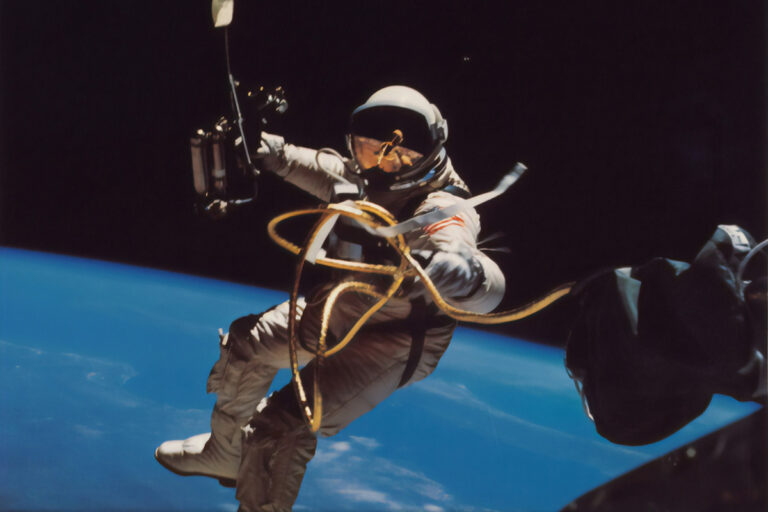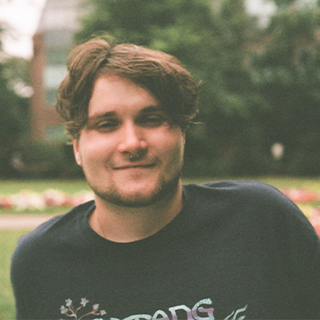The European Space Agency is about to hire the world’s first disabled astronaut

On June 25 2021, The European Space Agency (ESA) announced its ambitious hopes to launch the world’s first physically disabled astronaut into space. According to the head of the ESA, Josef Aschbacher, several hundred potential future parastronauts have already sent in their applications—as reported by Reuters last week.
The ESA’s ambitious plan
“We would like to launch an astronaut with a disability, which would be the first time ever. But I’m also very happy for ESA because it shows that space is for everyone, and that’s something I’d like to convey,” Aschbacher said.
“We got a few hundred applicants also for what we call ‘para astronauts’ or possible astronauts with a physical handicap. We have a number of handicaps that we identified that would qualify for that,” Aschbacher added, continuing, “Of course, mentally, they need to be absolutely fit in order to do the tough job in space.”
“We will launch a feasibility study to see how their physical handicap would be working in space and whether they can do an astronaut’s job in space with a disability they have. This, of course, depends on the person, and this will be the first step in order to identify what can be done. And then eventually, yes, we would like to launch an astronaut with a disability, which would be the first time ever that this happens,” he explained.
Fierce competition in the space industry
The ESA, once top of the food chain in the space industry, with its Ariane rocket dominating the commercial satellite launches, has run into tough competition within the last few years. Tech-funded upstarts like Elon Musk’s SpaceX and Jeff Bezos’s Blue Origin are now giving public agencies a run for their money.
Only recently did Jeff Bezos himself announce his aims of becoming the first man to fly into the depths of space on his very own rocket. I mean, the billionaire who’s birthed a company that has shown to repeatedly exploit its workforce, is practically swimming in cash—forget a bathtub, he’d be able to fill the Caspian Sea in dollar bills—so who can blame him? Jokes aside, the recent advances from the likes of Bezos and Musk highlight the growing role of tech billionaires in a field that was once dominated by public agencies.
In response to this change, Aschbacher highlighted how “space is developing extremely fast and if we don’t catch up with this train we are left behind.” He added how he wants to refashion the ESA into a more entrepreneurial player, ready to work with venture capitalists to help grow European start-ups in hopes that they could one day rival the big dogs over in Silicon Valley.
This is no easy feat, however. When comparing the difference between the space industry across the Atlantic in just agencies alone, the ESA’s 7 billion euro budget is only a third of NASA’s. The ESA carries out seven or eight launches a year, which is dwarfed by the forty or so launches carried out in the US each year.
That said, this hasn’t stopped Europe from pressing forward. Alongside the ESA’s promise to develop technologies to ensure that those with disabilities, such as shortened legs, can play a part in space exploration, there’s also plans to cooperate with other nations to have European astronauts deployed to stations on the moon. Plans are already going ahead to join the US’ ‘Gateway’ station on the moon. Member states are also considering taking up an invitation from Chinese and Russian agencies to participate in similar moon base projects.
Can Europe rival other nations, or indeed other entrepreneurs, in the increasingly more competitive space industry? Only time will tell. What is already clearer is how, in typical progressive European fashion, the ESA is setting an example of how we can step towards a more accessible, inclusive space for us all.





